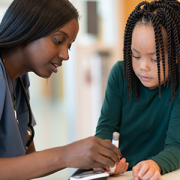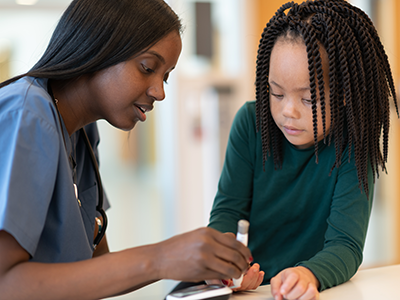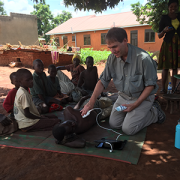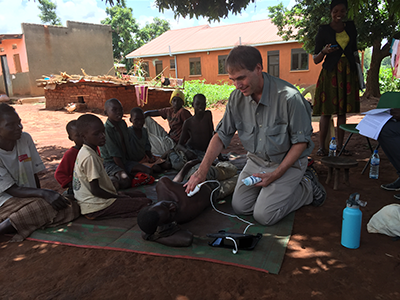Pediatric medical device competition names finalists
Five finalists have been named in the prestigious annual “Make Your Medical Device Pitch for Kids!” competition presented by the National Capital Consortium for Pediatric Device Innovation (NCC-PDI). Representing innovations in pediatric technologies that aim to address unmet medical needs for children, these five finalists now have access to a pediatric accelerator program led by MedTech Innovator and will compete for a share of $150,000 in grant funding from the U.S. Food and Drug Administration (FDA) in the final virtual pitch event in October 2022. The pediatric pitch event is part of the 10th Annual Symposium on Pediatric Device Innovation, co-located with the MedTech Conference, powered by AdvaMed.
“Addressing unmet needs across pediatric populations is critical to advancing children’s health and we are delighted to once again work with pioneering companies that seek to bridge this care gap,” says Kolaleh Eskandanian, Ph.D., M.B.A, P.M.P, vice president and chief innovation officer at Children’s National Hospital and principal investigator of NCC-PDI. “As an FDA-funded consortium, NCC-PDI serves as a critical device development resource, bringing together individuals and institutions that support viable pediatric innovations and create faster pathways to commercialization. We congratulate this year’s finalists and look forward to seeing the progress made in the coming months as they navigate the accelerator program.”
The following are the five pediatric device innovations that judges selected for the final competition:
- CorInnova – Houston, TX – Minimally invasive biventricular non-blood contacting cardiac assist device to treat heart failure.
- Innovation Lab – La Palma, CA – Mechanical elbow brace stabilizes tremors for pediatric ataxic cerebral palsy to improve the performance of Activities of Daily Living (ADLs).
- Prapela – Biddeford, ME – Prapela’s incubator pad is the first innovation to improve the treatment of apnea of prematurity in over twenty years.
- Tympanogen – Richmond, VA – Perf-Fix replaces surgical eardrum repair with a nonsurgical clinic procedure
- Xpan – Concord, Ont. – Xpan’s universal trocar enables safest and most dynamic access and effortless upsizing in conventional/mini/robotic procedures.
Beginning in June 2022, the five finalists will participate in a pediatric-focused track of the MedTech Innovator accelerator, the world’s largest accelerator of medical devices.
NCC-PDI is one of five consortia in the FDA’s Pediatric Device Consortia Grant Program created to support the development and commercialization of medical devices for children, which lags significantly behind the progress of adult medical devices. NCC-PDI is led by the Sheikh Zayed Institute for Pediatric Surgical Innovation at Children’s National and the A. James Clark School of Engineering at the University of Maryland, with support from partners MedTech Innovator, BioHealth Innovation and design firm Archimedic.
To date, NCC-PDI has mentored nearly 200 medical device sponsors to help advance their pediatric innovations, with 16 devices having received either their FDA market clearance or CE marking.
The accelerator program is the consortium’s latest addition to a network of resources and experts that it provides in support of pediatric innovators.
Eskandanian adds that supporting the progress of pediatric innovators is a key focus of the new Children’s National Research & Innovation Campus, a one-of-its-kind ecosystem that drives discoveries that save and improve the lives of children. On a nearly 12-acre portion of the former, historic Walter Reed Army Medical Center in Northwest Washington, D.C., Children’s National has combined its strengths with those of public and private partners, including industry, universities, federal agencies, start-up companies and academic medical centers. The campus provides a rich environment of public and private partners which, like the NCC-PDI network, will help bolster pediatric innovation and commercialization.





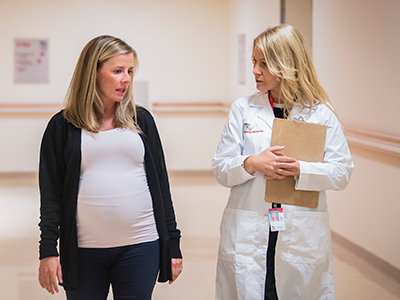



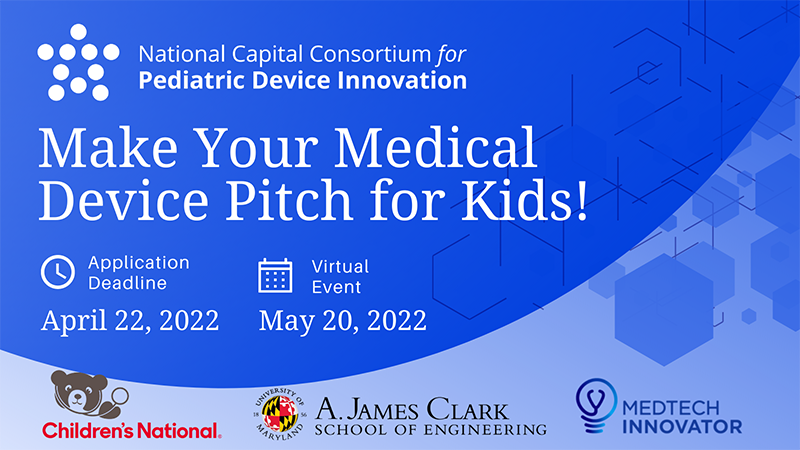



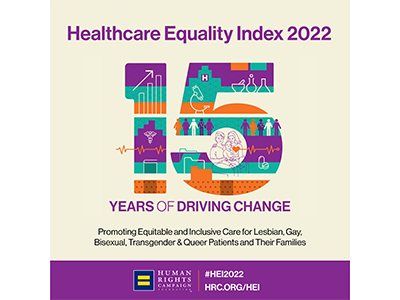


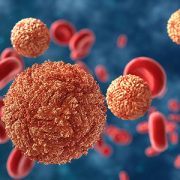

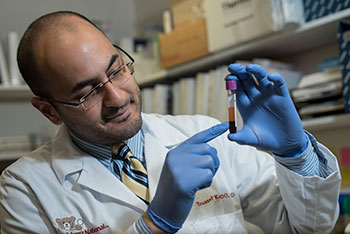





 The impact virtual school had on kids goes well beyond academics, say Children’s National Hospital experts in a new
The impact virtual school had on kids goes well beyond academics, say Children’s National Hospital experts in a new 


